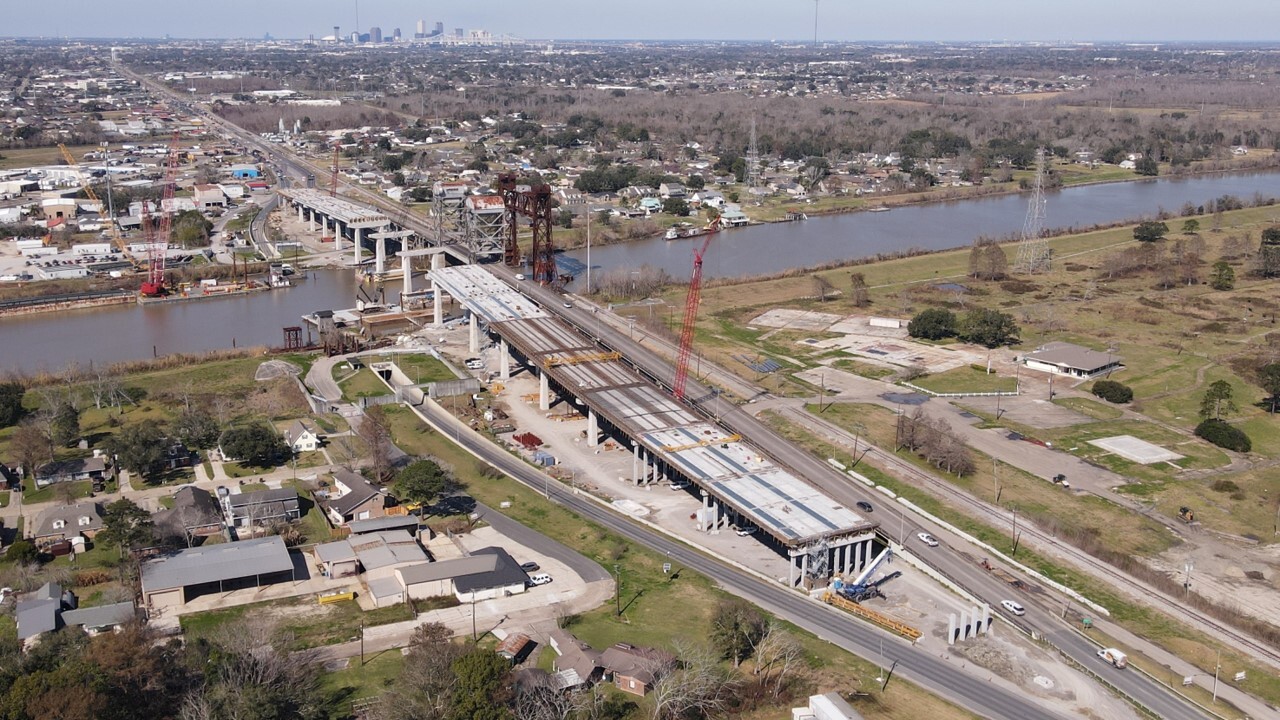Congressional leaders renegotiating the Federal Aviation Authority's reauthorization ahead of its expiration date in September 2023 should consider removing the passenger facility charge cap to help airports become more flexible to changing behavior and bring down individual costs on consumers.
That's according to a policy brief by libertarian think-tank Reason Foundation, which advocates stronger airport reliance on PFCs, a congressionally-authorized, local airport user fee. This is opposed to more reliance on the Airport Improvement Program, a federal grant program funded through aviation taxes that comes with many more strings attached on how airports spend the money.
"As Congress begins discussions for FAA reauthorization due by the end of September 2023, it should include provisions to modernize the PFC to meet airport investment needs," the Reason Foundation report said. "To maximize fairness and efficiency in PFC reform, Congress should eliminate the arbitrary PFC cap while simultaneously requiring any airport that opts to charge a PFC in excess of the current $4.50 maximum to forgo 100% of its AIP funding."

"These subtle changes in federal policy would increase airport investment, promote greater airport efficiency and local self-help, enhance airline competition, and reduce federal spending by hundreds of millions of dollars per year," the report concluded. "Taxpayers and travelers would both come out winners."
PFCs make up about half of the funding available for airport capital projects, and one of the most important uses to help benefit consumers and airports alike is additional financing for common use gates at airports that can be used by new competitors, which can bring down or at least restrain airfares for consumers. Unlike AIP funds, PFCs can also be used to service airport revenue bonds.
Many airports also issue incumbent airlines long-term exclusive use-gate leases, restricting the establishment of new gates and causing limitations for consumers.
"Economists have estimated that annual airfares are $5.81 billion higher in 2019 dollars than they would be with adequate gate access to support new carrier entrants at large and mid-sized airports," the report said. "This figure dwarfs the $3.51 billion in nationwide PFC collections in 2019."
Marc Scribner, a Reason senior transportation policy analyst and author of the report said that 27 out of 28 large airport hubs, 35 out of 36 for medium hubs and 77 out of 79 small hubs collect at the maximum $4.50 level.
PFCs are also being advocated to help airports become more self-reliant, as airports were anything but in the previous few years. Airports collectively experienced an 189.3% increase in grant receipts from 2019-2021, according to Federal Aviation Administration data.
"The traffic composition has changed and we're seeing a lot more leisure travel, a lot less business travel," said Scribner. "In order to accommodate these changing market conditions, airports need more flexibility and I think the PFC, which is tied to passenger volumes, is the best tool available, at least in the short run, to enable that additional flexibility."
The current cap of $4.50 was set in place in 2000 and even before the 40-year high inflationary pressures experienced this year, concerns about inflation eroding the buying power of PFCs were raised by both airports and the broader travel industry.
"You've seen support from the airports, you've seen support from the broader travel industry that would like airports to be able to modernize their facilities to be more passenger friendly and to help meet all the sorts of comforts and features that today's air travelers demand," Scribner said. "Where you've seen opposition, it has come from the airlines."
While raising or eliminating the PFC cap has been a policy goal for airports for many years now, airlines have generally opposed PFCs and local passenger enplanement charges since the 1960s, Scriber said, as they're incentivized to keep airports as financially constrained and dependent on them as possible. These competing interests have largely delayed action at the Congressional level.
But the restrictions that come with AIP grants often make capital planning arduous and complicated, and instead of focusing on highest value highest return investments for themselves, they often prioritize that which they are allowed to, that may not be of the highest priority.
"An important thing for Congress to understand, especially when they have been bailing out airports in recent years due to COVID-19, is they need to understand that federal funding can perversely harm the airports that are receiving that," Scribner said. "The goal is to have the most productive airports we can have."





